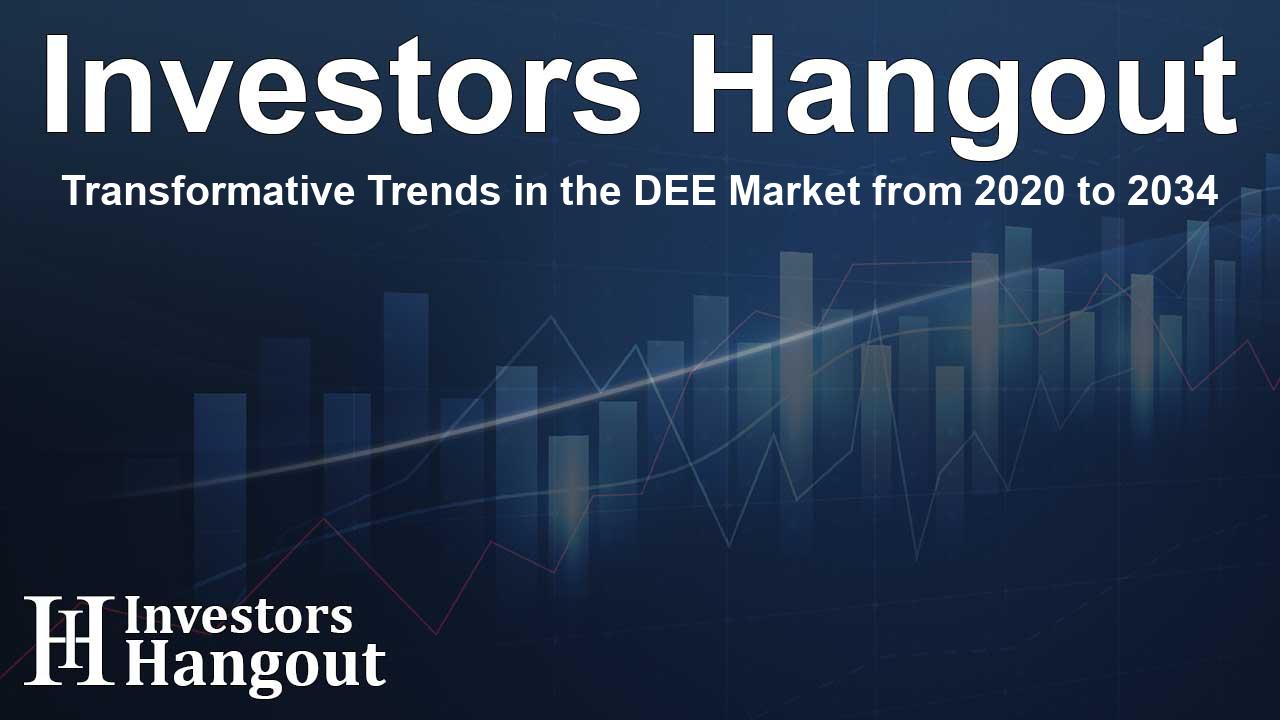Transformative Trends in the DEE Market from 2020 to 2034

Overview of Developmental and Epileptic Encephalopathies (DEE) Market
Across the globe, there is an increasing recognition of Developmental and Epileptic Encephalopathies (DEE), a complex range of neurological disorders. These pathologies are marked by developmental delays and persistent epilepsy, presenting significant challenges for affected individuals and their families. With symptoms that often include recurrent seizures and cognitive impairments, the necessity for innovative therapeutic approaches is dire.
Current Treatment Landscape and Future Directions
The landscape of treatments for DEE is rapidly unfolding, with a notable rise in the demand for enhanced therapies. Many approved medications are currently paving the way for a transformative treatment paradigm in this field. One such medication is EPIDIOLEX, which has acquired significant attention due to its potential as a groundbreaking treatment option.
The expected surge in the DEE market is not only centered on existing therapies but also on the anticipated introduction of novel drugs targeting subtypes beyond Dravet Syndrome and Lennox-Gastaut Syndrome (LGS). As we look ahead, the market is projected to witness substantial growth fueled by emerging therapies that are poised to revolutionize the treatment of various DEE subtypes.
Market Size and Patient Demographics
According to recent analyses, the estimated market size of DEE in the large 7MM (including the US, EU4 nations, UK, and Japan) was approximately USD 2.3 billion in the recent past. The data projected a steady increase in prevalence, with about 287,000 diagnosed cases of DEE recorded, and expectations for continual growth throughout the next several years.
While current therapies contribute to managing symptoms, many subtypes of DEE still lack effective treatments. This shortfall often leaves patients reliant on multiple medications, increasing the side effect burden. The pursuit of solutions continues as many companies, including Ovid Therapeutics, Stoke Therapeutics, and Harmony Biosciences, strive to innovate and break through the challenges present in the pharmaceutical landscape.
Emerging Therapies and Innovations
Several promising treatments are currently in development, including Zorevunersen (STK-001), which represents a novel and disease-modifying approach targeting Dravet Syndrome. Other significant mentions include EPX-100 (Clemizole Hydrochloride), Bexicaserin (LP352), and Carisbamate (YKP509). These therapies are anticipated to enhance the treatment landscape significantly.
Moreover, notable advances have also been made, such as the approval of FINTEPLA by NICE for LGS, marking a significant milestone as the first licensed non-cannabis medication for this condition. This approval reflects the commitment to expanding treatment options for patients who often feel limited by their diagnoses.
Challenges Facing DEE Market Growth
Despite the bright outlook for the DEE market, certain challenges stand in the way of growth. Disruptions in ongoing clinical trials, economic burdens, and the inherent complexities of conducting research in heterogeneous patient populations create hurdles that must be addressed. Furthermore, the lack of awareness surrounding DEE remains a significant barrier, often leading to underdiagnosis and inadequate treatment.
Furthermore, competition from emerging therapies heightens the pressure on pharmaceutical companies. There have been instances of medications being withdrawn due to ineffectiveness, showcasing the competitive yet challenging nature of DEE treatments.
Conclusion and Future Outlook
The DEE market is on the cusp of an exciting transformation driven by innovative drug discoveries and evolving treatment paradigms. As new therapies close in on regulatory approvals and enter clinical use, patients can expect broader options tailored to their unique medical needs. The interplay of research, regulatory support, and clinical implementation will ultimately shape the future of DEE management.
Therefore, stakeholders involved must advocate for increased awareness, continuous research investment, and patient-focused innovations to ensure a brighter future for those affected by these challenging conditions.
Frequently Asked Questions
What are Developmental and Epileptic Encephalopathies?
Developmental and Epileptic Encephalopathies are severe neurological disorders characterized by developmental delays and intractable epilepsy, often leading to cognitive impairments.
What is the current market size of the DEE market?
As of recent estimates, the DEE market size in the 7MM was approximately USD 2.3 billion, with a projected increase in prevalence over the upcoming years.
What new therapies are anticipated in the DEE market?
Exciting new therapies such as Zorevunersen, EPX-100, and Bexicaserin are expected to enter the market, bringing new treatment options for patients.
What are the main challenges facing this market?
Challenges include economic burdens, research complexities, underdiagnosis, and competition from emerging therapies, which all impact market growth.
How can stakeholders support DEE patients?
Stakeholders can support DEE patients by advocating for awareness, investing in research, and promoting patient-centric innovations in treatment.
About The Author
Contact Henry Turner privately here. Or send an email with ATTN: Henry Turner as the subject to contact@investorshangout.com.
About Investors Hangout
Investors Hangout is a leading online stock forum for financial discussion and learning, offering a wide range of free tools and resources. It draws in traders of all levels, who exchange market knowledge, investigate trading tactics, and keep an eye on industry developments in real time. Featuring financial articles, stock message boards, quotes, charts, company profiles, and live news updates. Through cooperative learning and a wealth of informational resources, it helps users from novices creating their first portfolios to experts honing their techniques. Join Investors Hangout today: https://investorshangout.com/
The content of this article is based on factual, publicly available information and does not represent legal, financial, or investment advice. Investors Hangout does not offer financial advice, and the author is not a licensed financial advisor. Consult a qualified advisor before making any financial or investment decisions based on this article. This article should not be considered advice to purchase, sell, or hold any securities or other investments. If any of the material provided here is inaccurate, please contact us for corrections.
